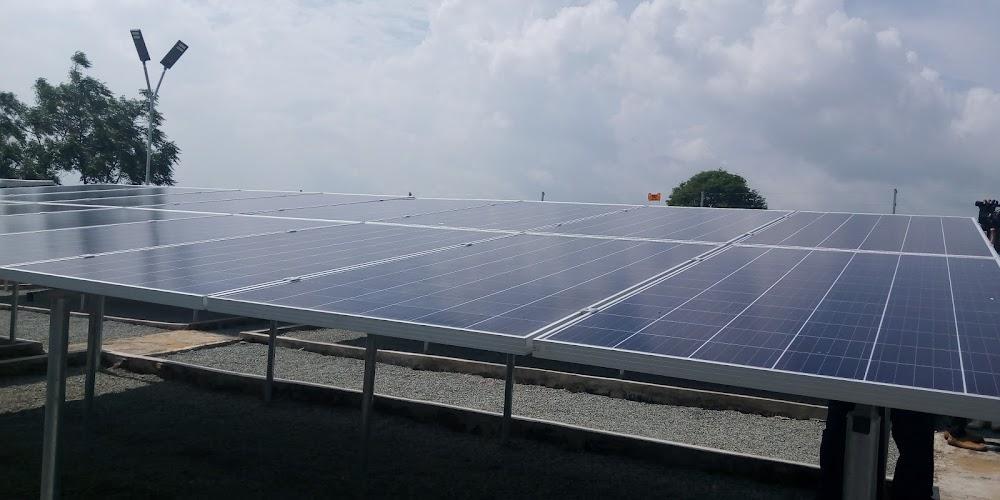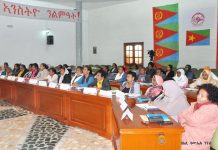Africa-Press – Eritrea. Around 733 million people in Sub-Saharan Africa still have no access to electricity with the concern that by 2030, 91 per cent of them will still not be connected.
World Bank estimates about 670 million people to remain without electricity connection if governments do not substantively opt for alternatives in power provision.
It says the electrification pace has slowed down in recent years due to difficulties in reaching the remotest and most vulnerable populations.
The lender urges nations to speed up the process in filling the energy access gap by adopting solar-based electricity systems.
It terms them high quality, uninterrupted and capable of reducing emissions, a path towards net zero carbon emissions campaign goals.
“Solar mini-grids are less costly with the capability of providing electricity to nearly half a billion people in unpowered or underserved communities,” World Bank says.
“To leverage on this, nations should consider incorporating mini-grids into their national electrification plans and devise financing solutions adapted to mini-grid projects.”
Kenya’s power sector has experienced steady growth over the last two decades.
Moreover, the country has remarkable renewable resources evidenced by its track record as one of the lowest-cost developers of geothermal power in the world.
It has also tried to increase access to the power grid, having more than doubled electricity access from 32 per cent in 2013 to 75 per cent of households in 2022.
According to the national electrification strategy, the access rate for urban areas stands at almost 100 per cent while for rural stands at 65 per cent.
This reflects the need to focus on underserved areas with an aim to achieve universal access at an acceptable quality of service level.
Data by KenGen, Kenya’s largest power provider, notes that by the end of this year’s first half, 8.9 million Kenyans had been connected to electricity.
Despite the progress, data shows there are at least 16 million people who are still not connected to electricity countrywide supporting the calls to adopt alternatives to close the energy access gap.
“With a population of over 50 million, 16 million is a great deal for consideration thus the government is pursuing efforts to increase power demand and supply and to lower the cost of electricity,” EPRA said.
In Africa, there are more than 590 million people with no access to electricity, a report by the Africa Minigrid Developers Association (AMDA) shows.
The world lender therefore further calls on governments and industries to work together to systemically identify mini-grid opportunities and enhance financing to close the energy access gap.
For More News And Analysis About Eritrea Follow Africa-Press







